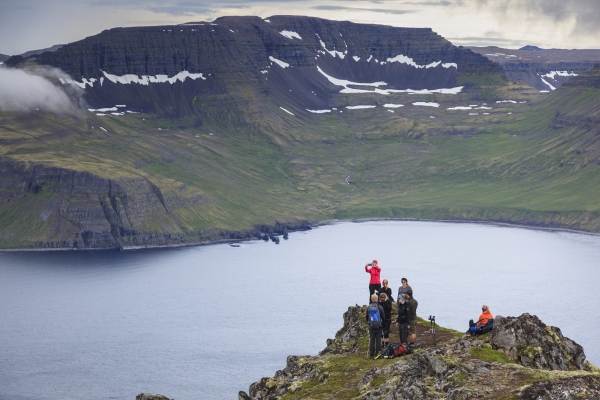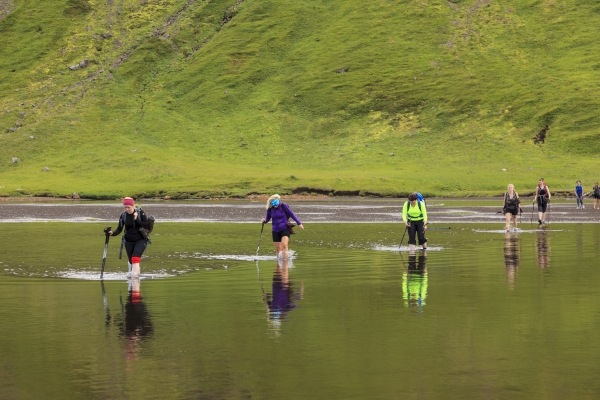When the last lighthouse keeper packed his bags and left the Hornbjargsviti lighthouse in 1995, he did not turn off the lights. He and his predecessors, with their families, had been the only inhabitants of this remote region since the middle of the century when the last farmers and fishermen moved away. For years, he had guided seafarers away from the vertical cliffs that had taken so many boats and lives through the ages. But finally, automation took over his job at the lighthouse. Now the old lighthouse keeper’s home is a travel lodge maintained by The Icelandic Touring Association.

The Hornstrandir Nature Reserve is located at the northernmost part of the Westfjords, only a few kilometers south of the Arctic Circle. This is Iceland’s most isolated region, outside of the central highlands. There are no roads in the region and low-flying planes are banned in order to maintain the serenity of the area.
When all the humans had gone, the Arctic fox took the top seat in the food chain. With no farmers or hunters around, the foxes have grown accustomed to visitors. They don’t hide from people and sometimes they become quite friendly, hoping to be rewarded with some dried fish, a piece of meat or other delicacies that might be hiding in the backpacks of those trekking through this rugged wilderness.

The weather can be extremely unforgiving in Hornstrandir. There is a reason why people gave up trying to carve out a year-round existence in the region. The winters are cold and grim and during the summer months you will not find an area along Iceland's coast with lower average temperature.
But it's exactly these conditions that have preserved Hornstrandir by keeping humans at bay for the majority of the year, and only granting access in the less harsher months to those who are willing to give up most modern amenities.
Organised trips to Hornstrandir are only offered in June, July and August. To get there, you can either take a scheduled boat tour or charter your own boat from the towns Ísafjörður or Bolungarvík. Several companies offer trips to the area during the summer. The trip takes about one hour.
Human interference is kept to an absolute minimum at Hornstrandir. The plant and animal life is fragile in this uncompromising environment. Please help us keep it intact.

Next Spring Maybe?
Care about the coast? Interested in the wilderness? Then you should team up with volunteers who visit Hornstrandir Nature Reserve every spring to clean the beaches. The sea delivers all kinds of plastic and parts of fishing nets to the shore, threatening birds and marine wildlife when they accidentally eat or become entangled in the litter.
To sign up or for further information send an email to [email protected] or phone +354 450-8038


When the last lighthouse keeper packed his bags and left the Hornbjargsviti lighthouse in 1995, he did not turn off the lights. He and his predecessors, with their families, had been the only inhabitants of this remote region since the middle of the century when the last farmers and fishermen moved away. For years, he had guided seafarers away from the vertical cliffs that had taken so many boats and lives through the ages. But finally, automation took over his job at the lighthouse. Now the old lighthouse keeper’s home is a travel lodge maintained by The Icelandic Touring Association.
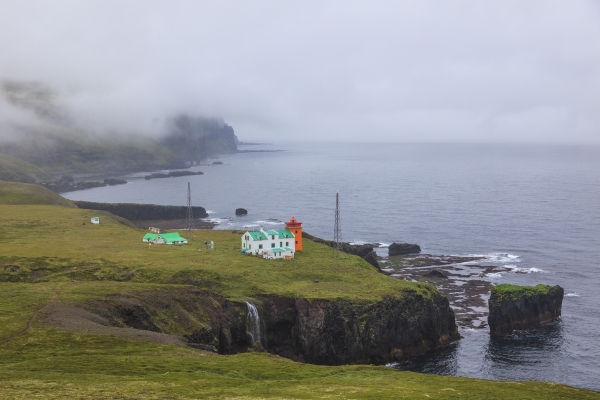
The Hornstrandir Nature Reserve is located at the northernmost part of the Westfjords, only a few kilometers south of the Arctic Circle. This is Iceland’s most isolated region, outside of the central highlands. There are no roads in the region and low-flying planes are banned in order to maintain the serenity of the area.
When all the humans had gone, the Arctic fox took the top seat in the food chain. With no farmers or hunters around, the foxes have grown accustomed to visitors. They don’t hide from people and sometimes they become quite friendly, hoping to be rewarded with some dried fish, a piece of meat or other delicacies that might be hiding in the backpacks of those trekking through this rugged wilderness.
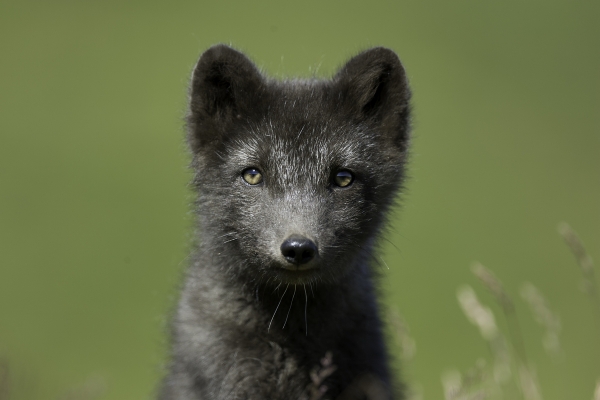
The weather can be extremely unforgiving in Hornstrandir. There is a reason why people gave up trying to carve out a year-round existence in the region. The winters are cold and grim and during the summer months you will not find an area along Iceland's coast with lower average temperature.
But it's exactly these conditions that have preserved Hornstrandir by keeping humans at bay for the majority of the year, and only granting access in the less harsher months to those who are willing to give up most modern amenities.
Organised trips to Hornstrandir are only offered in June, July and August. To get there, you can either take a scheduled boat tour or charter your own boat from the towns Ísafjörður or Bolungarvík. Several companies offer trips to the area during the summer. The trip takes about one hour.
Human interference is kept to an absolute minimum at Hornstrandir. The plant and animal life is fragile in this uncompromising environment. Please help us keep it intact.
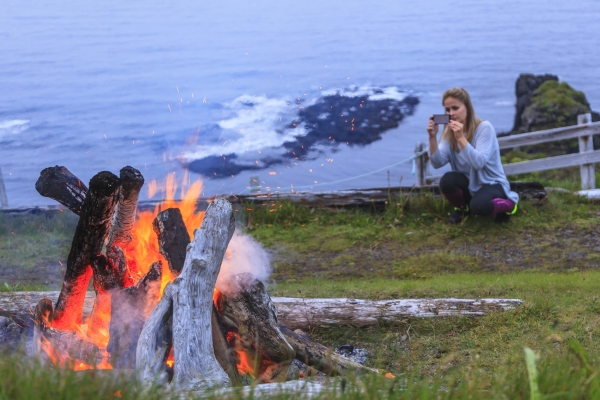
Next Spring Maybe?
Care about the coast? Interested in the wilderness? Then you should team up with volunteers who visit Hornstrandir Nature Reserve every spring to clean the beaches. The sea delivers all kinds of plastic and parts of fishing nets to the shore, threatening birds and marine wildlife when they accidentally eat or become entangled in the litter.
To sign up or for further information send an email to [email protected] or phone +354 450-8038
